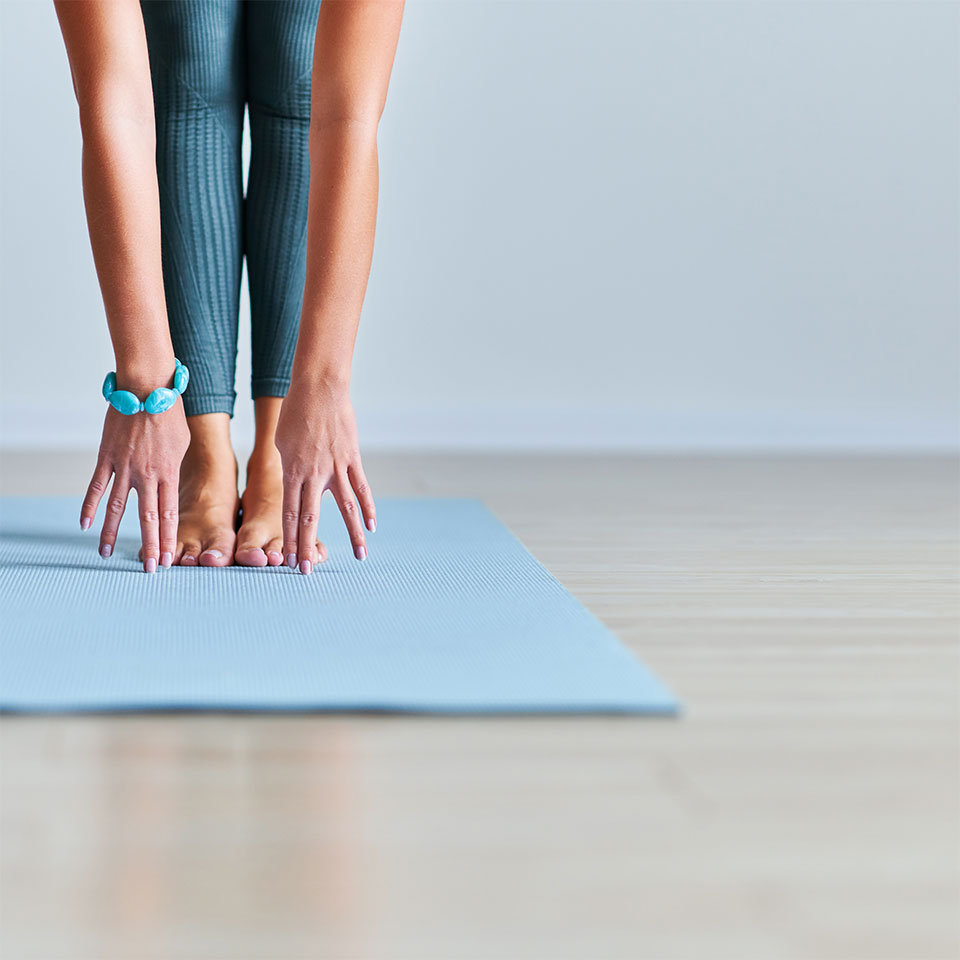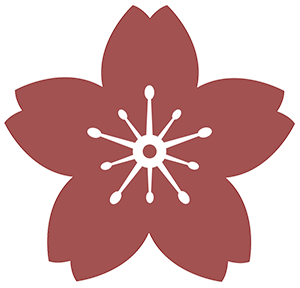To Flow, or Not to Flow?
A Love Letter to Both Sweat and Stillness
In traditional Ashtanga yoga, flowing movements—vinyasas—are used like punctuation: they link postures, cleanse the body with breath and heat, and create a rhythm that becomes almost meditative. But what many forget is that in between those strong, sweeping transitions, the poses are held. Five slow, steady breaths. A pause to feel, to settle, to listen.
It’s this balance of movement and stillness that gives the practice its power. Not just the fire, but the focus.
Fast-forward to the modern yoga landscape, where “vinyasa” often means a constant cascade of poses—breath-matched movement that rarely stops for long. Don’t get us wrong—it’s glorious. It’s cardiovascular, it builds stamina, and it’s a beautiful way to ride the edge of presence and challenge.
But if we never pause, do we ever truly land in the pose?
Do we ever meet ourselves there?
Attention Deficit… Asana?
We live in a world where stillness can feel, frankly, awkward.
Leave a moment of silence and someone will scroll a reel. Or three.
The same tendency shows up on the mat: the moment a class slows down, many of us feel the pull to “keep going,” to “do more,” to feel the burn.
But here’s the thing: yoga isn’t just about doing more.
It’s about learning to notice.
It’s about the breath between the shapes.
And sometimes, when we hold a posture for longer than we’re used to, we meet something more interesting than just sensation—we meet ourselves.
Get to Know the Pose. (And Yourself.)
Just like people, poses take time to understand. A quick handshake won’t do it.
You might think you know Downward Dog—but hold it for five breaths, with your breath deep and your awareness sharp, and suddenly you’ll notice things you’ve never seen before. In your hamstrings. In your habits. In your thoughts.
This is the domain of slow flow, of Yin, of practices that hold space—not just for stretch, but for study.
In the Yoga Sutras, this kind of work is called svadhyaya—self-inquiry. The patient, curious, non-glamorous work of looking in the mirror and saying, “Who am I in this pose? Who am I when I stop performing?”
Tapas: The Burn We Actually Need
Of course, that doesn’t mean flowing classes are without depth. Quite the opposite. When done with intention, strong, sweaty sequences build tapas—that inner fire that burns through distraction, purifies our patterns, and lights the way toward transformation.
Modern life is full of friction, but not necessarily of fire. Tapas isn’t just stress—it’s purposeful discomfort. The kind we choose. The kind that makes us stronger.
So we need the flow.
We need the burn.
We need to challenge our bodies and push our edges—not out of punishment, but out of zeal.
The Answer Is… Yes.
So, back to our question:
To flow, or not to flow?
The answer, of course, is yes.
Do both.
Do what excites you—and also what humbles you.
Do the classes you love—and the ones you usually skip.
Balance your Pilates Fusion with a Slow Flow. Match your fiery yoga sculpt with a deep Yin practice. Let your asana be both dance and meditation.
Because strength without wisdom is just noise,
and wisdom without strength won’t carry you very far.
You are not a one-trick pony.
You are a whole person—with grit and grace, fire and stillness, movement and meaning.
And you deserve a practice that makes room for all of it.
So flow. And hold. And breathe.
A thousand times, yes.




Leave a Reply